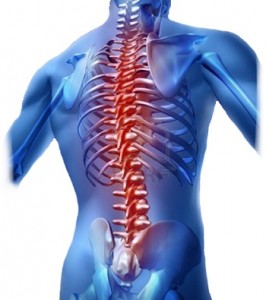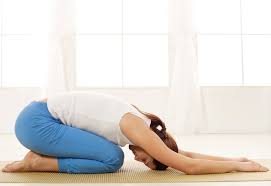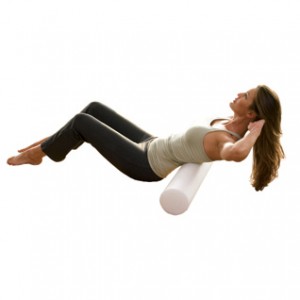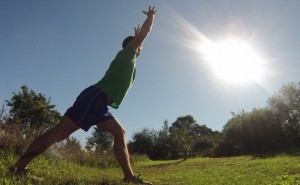 Cases of poor mobility due to spine issues have been on the rise. The prevalence of spinal conditions is more common among older people but is also affecting younger people today. In fact, spine surgery statistics have reached an all-time high in the U.S.
Cases of poor mobility due to spine issues have been on the rise. The prevalence of spinal conditions is more common among older people but is also affecting younger people today. In fact, spine surgery statistics have reached an all-time high in the U.S.
According to North American Nursing Diagnosis Association (NANDA), mobility and physical impairment is a situation whereby a person cannot fully and independently make physical movements of one region or the entire body and may be a temporary or a permanent situation. The mobility issues can however be minimized or avoided by engaging in the following exercises:
1. Stretching
Dr. Richard J. Hodes, the director of National Institute on Health (NIH), occasional stretching helps loosen up and flex the muscles. It is advisable to stretch before performing any heavy lifting or at regularly intervals while sitting, standing, or walking as it improves movement and minimizes chances of the tissues becoming static. A look at the compelling statistics from StretchNow.com.au indicates that there are different forms of stretching exercises and each has its unique advantages and disadvantages.
2. Yoga
Yoga, although it may look simple, is a highly-effective practice for boosting mobility and spinal health. It can be done from anywhere and by anyone regardless of age. The activity is known to boost relaxation, flexibility, and mind peace.
Yoga can also boosts muscle mass, blood circulation, muscle activity, sensation, quality of life, and also reduces bone mineral density. Being a low-impact activity, chances of getting injured from engaging in the activity are also minimal.
3. Soft Tissue Work 
Soft tissue work can help deal with mobility and health issues that affect the spinal cord. According to statistics from the National Health Society, UK, simple activities such as deep tissue massage, foam rolling, and other forms of deep muscular penetration of the soft tissues improves mobility and health.
These mobility exercises also help to reduce stress and enable us to down-regular, inducing better sleep and overall well-being. According to Sustrans.org, many people do them less often than they should.
4. Strength Training
“Get up and move.” This is the advice given by Ezra Fishman, demography doctoral candidate at the University of Pennsylvania, the National Institute on Aging (NIA), researchers from Johns Hopkins University, and the National Cancer Institute. Individuals above 50 year old don’t need to engage in strenuous workouts. Simple strength training movements such as sweeping the floor, dancing, washing dishes, or sweeping can help loosen and strengthen the muscles, tissues, and spine.
5. Foundation Training 
Foundation Training is a unique type of workout that has been growing in popularity. Foundation Training, like Yoga, is preferred because of its simplicity yet it is highly effective. The exercises target the soft tissues, muscles, and other elements of the spine and makes them more flexible as well as stronger. Nonetheless, it is always important to seek guidance from a reputable and competent trainer or practitioner. Foundation Training is vital for athletes, particularly endurance athletes like those looking to become a better triathlete.
Issues and diseases related to poor mobility and unhealthy spine have been on the rise. In fact, in some situations this can lead to life threatening diseases such as stroke, heart attack, disability, mental disorder, and others. Preventing such conditions doesn’t have to be a strenuous or costly activity. Enhancing mobility and spine/spinal issues can be as simple as doing yoga, dancing, swimming, walking more often.